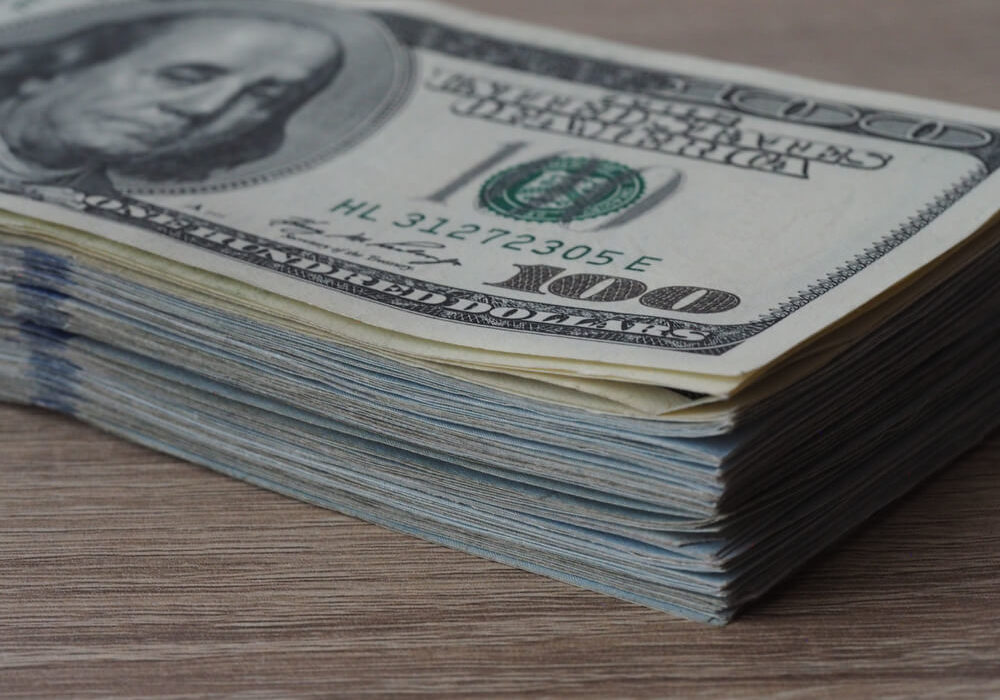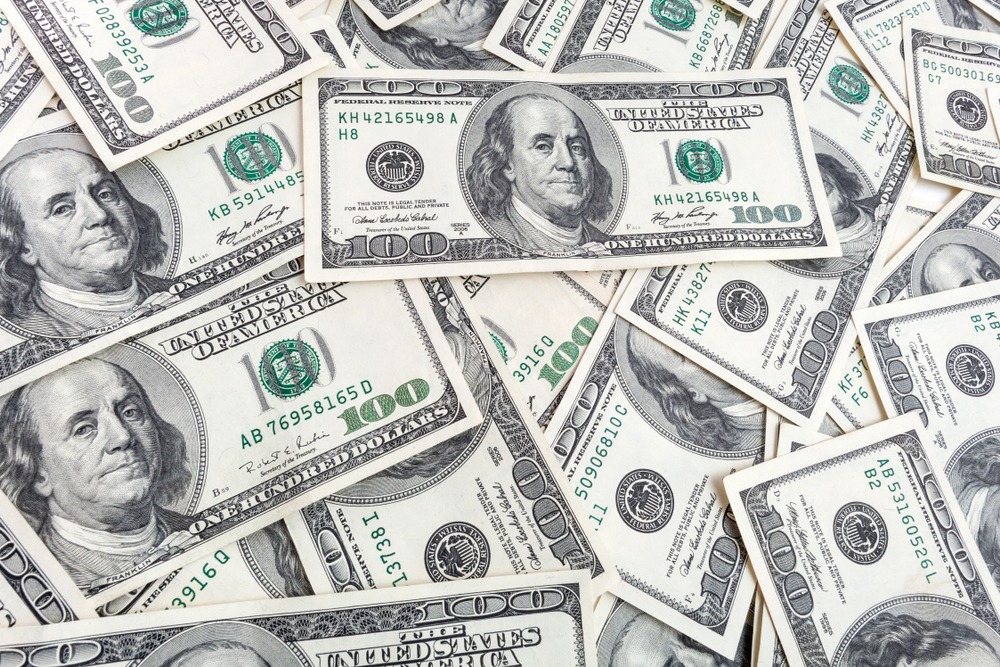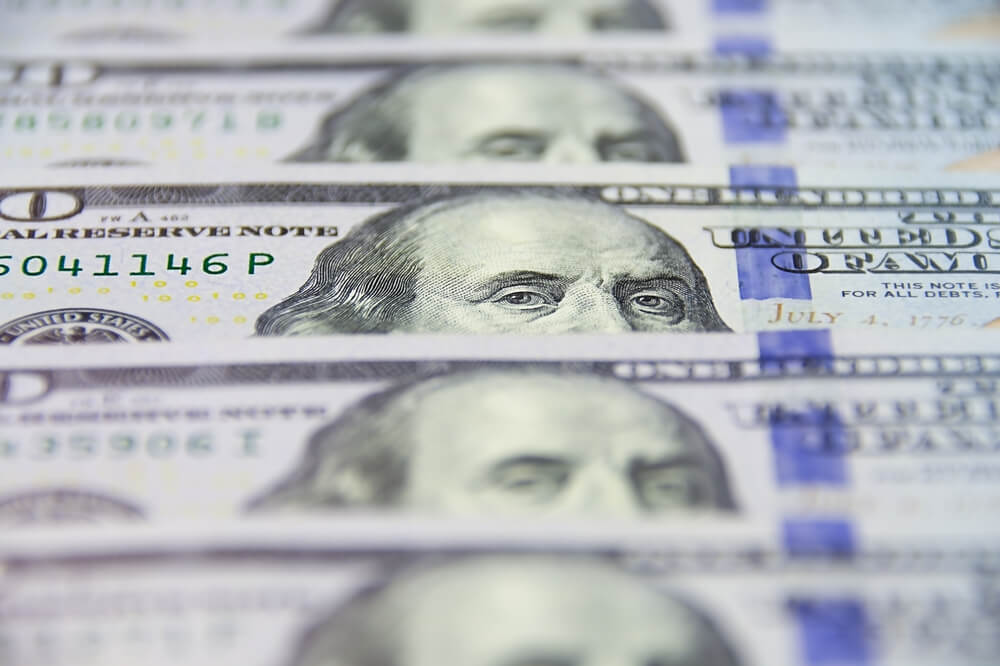After the European Central Bank signalled a step away from negative interest rates, the dollar index sank. At the same time, the euro rose, and riskier currencies and equities gained momentum.
In a blog post, ECB President Christine Lagarde stated that the bank expected to boost the euro area deposit rate out of the negative territory by the end of September. It might raise it even higher if inflation stabilizes at 2%. After falling last week, U.S. markets rose on Monday, following European stocks higher. The euro gained ground when the dollar sank sharply following a week of losses. According to Erik Nelson, macro strategist at Wells Fargo (NYSE: WFC), New York, investors had more appetite for riskier assets on Monday as a reaction to Lagarde’s comments, reducing fears of a European recession, although the U.S. picture seemed less exciting.
Outlook on the U.S. Economy
The euro was the main winner, up 1.13 percent at $1.0687 after rising as high as 3.4 percent from a multi-year intraday low of $1.0349 on May 13. The dollar index peaked at 105.01 on May 13, and was recently down 0.82 percent at 102.09.
“Investors are still enthusiastic about the dollar,” said JB Mackenzie, managing director of futures and F.X. at Charles Schwab.”
“Interest rates have been raised by everyone else. Because the ECB was the latest to do so, the euro was put under pressure. Suddenly, you start hearing that they’re changing their policy direction,” Mackenzie remarked.
According to Mackenzie, news from the U.S determines whether the dollar takes a rest or continues to slide. Federal Reserve, looking for policy hints in minutes from the Fed meeting expected out this week. The dollar has already risen this year, but Wells Fargo’s Nelson believes it will trade sideways for some time because of anticipation for more rate rises. According to the estimates and U.S. Commodity Futures Trading Commission data released on Friday, speculators’ net long positions on the U.S. dollar fell last week after reaching their highest level since late November the week before.
















